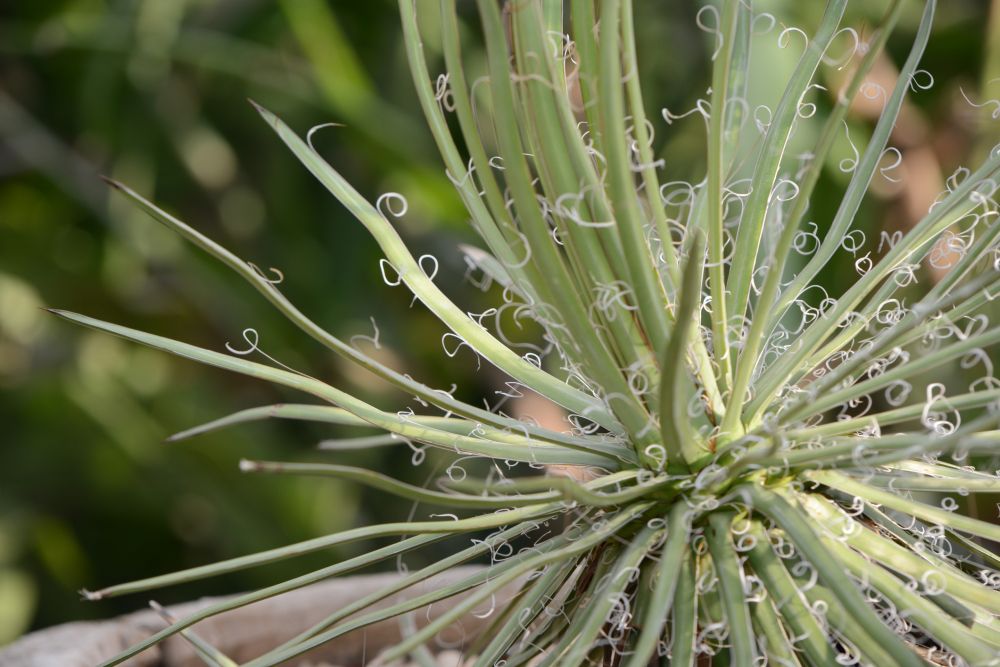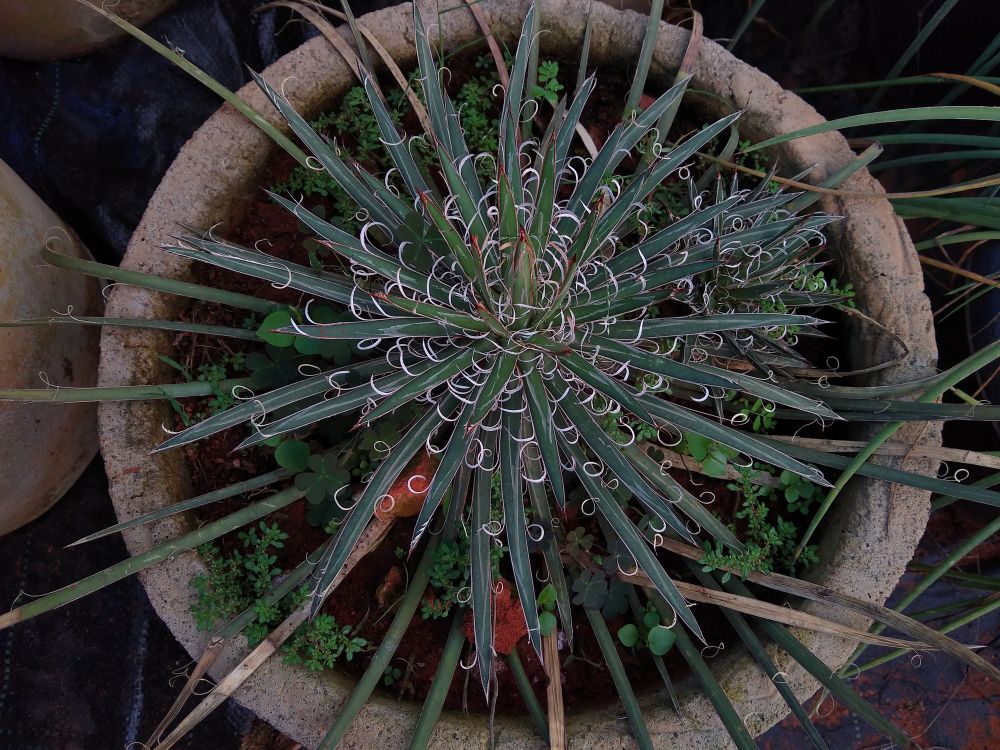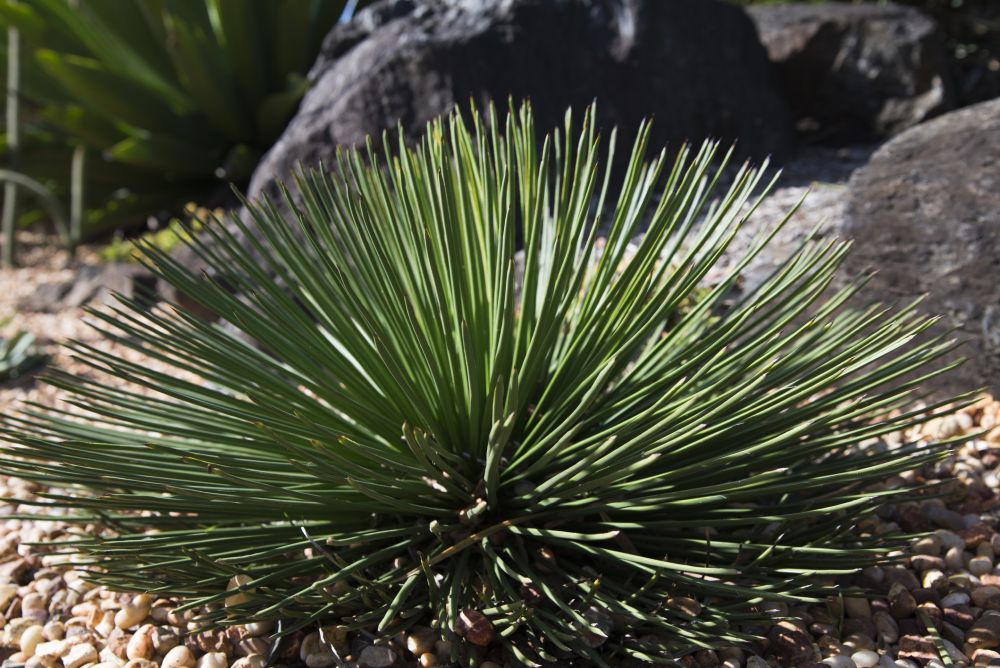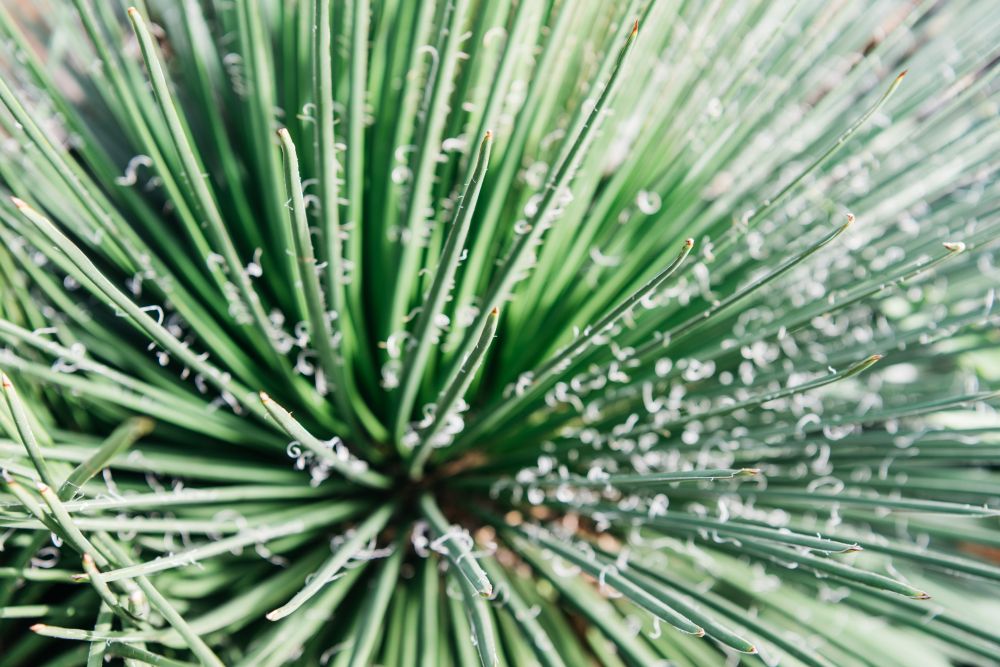Twin Flowered Agave: How to Grow & Care for the Agave Geminiflora Plant
Is finding the right perennial for ground cover proving to be a burdensome task? Perhaps you should try out the Agave geminiflora type—a member of the Asparagaceae family.
Also commonly referred to as the ‘Twin Flowered Agave,’ this herbaceous perennial can help fill up any idle space in your garden or work as a feasible option for bordering. But, first, let’s look at the input you need to brace yourself with when growing and caring for this outdoor compatible plant.
More About the Twin Flowered Agave
This Agave species is more like the dwarf type and grows at a weary pace. While tracing its roots, we learned that the perennial is native to the Mexican state of Nayarit. Also, the Twin Flowered Agave has been growing under oak woodlands and prefers rocky grounds, right from its indigenous place. And that makes it perfect for landscaping and looks elated alongside shrubby plants. It often goes by other names like ‘Spaghetti Strap Agave‘ and ‘Pin Cushion Agave.’
So just you know, this plant’s genus name is borrowed from a Greek phrase that means admirable and noble. One eccentric feature about this perennial is the twin-flowered stalks—hence the name—that stand tall and survive a bit longer than most other flowering plants. Considering the climate where this Agave type originally comes from, it’s safe to say that it has a solid resistance against dry conditions.
Twin Flowered Agave Caring Tips
Flowering & Fragrance
When grown under suitable conditions, this evergreen perennial might produce some flowers during the growing season. You’ll spot a few yellow blooms when it’s summer. They also tend to have a reddish or purple-bluish lining on the edges. Being a monocarpic plant, don’t expect the flowers to last forever. The flower stems will carry twin tubular flowers that usually last the entire blooming season, then wither off gradually. Seeds that typically fall off from the flowers help this perennial to self-propagate. Still, it’s improbable due to the mother plant’s surface area, mainly when growing outdoors. On average, the branchless flower stalks on this plant can reach anywhere between 8′ and 12 inches tall.
Light & Temperature
While this herbaceous perennial prefers bright light, the foliage would get damaged if exposed to intense heat. For optimal growth, give it about 4 hours of sunlight, but it best to grow your Agave plant somewhere with partial shade. Even though it’s suitable to filter the sun rays, it’s much better to grow it outdoors than indoors, especially if you want the leaves to have a dense green color throughout the seasons. It’s also essential to note that this Agave species can get overly sensitive frosting conditions. Temperatures falling below 25 degrees Fahrenheit are more likely to damage its grand and lofty appearance.
However, the evergreen perennial can adapt to the full sun and partial shade better than cold weather. Overall, this perennial type from the Agavoideae subfamily will do well under USDS hardiness zones 9 to 11. And since this type has a tender texture, make sure to grow it in a location where temperatures range between 65 to 80 degrees Fahrenheit. Anything beyond that would cause the foliage to look pale and scorched.
Soil Requirements
Like most other members with similar growing traits, the Twin Flowered Agave doesn’t demand a specific soil structure. All you need to straighten out before planting it is drainage. Sandy or gritty soil helps a lot with drainage. Also significant is the pH level of your soil. You don’t want to go beyond 6.0 because the acidity will lower the nutrients that are otherwise present in your soil and diminish your fertilizer quality during the growing season. So, at the same time, you want to calibrate the soil pH to fall anywhere between 4.0 to 5.5. If the soil remains waterlogged for too long, you’re more likely to lose the entire plant because of root rot.
You can also work with soil rich in organic matter to help the plant have a balanced and considerable amount of nutrients uptake, especially during a growing season when the hormones are active. The Twin Flowered Agave is like any other average plant, but you want to avoid anything that might hinder the growth of roots. It’s, therefore, best to space the bulbs out when planting outdoors since this type is notorious for being invasive. And the worst part about growing them closely together is the acute competition for essential nutrients. If such happens, the leaves might look a bit thinner than usual. However, unless you have ample space in your greenhouse, it would be pretty hard to control the size and rate that this perennial will be growing at while indoors.
Watering
For a healthy look, you’ll need to moisten the soil pretty regularly during the summer months when the temperatures are warmer. Considering its tolerance to dry conditions, you can use a typical watering schedule for succulent plants and still expect the foliage to appear imposing throughout the seasons. You also want to reduce the watering intervals drastically during winter when the growth hormones are in their dormancy. The roots need not sit in water for too long. Remember your Twin Flowered Agave is prone to several fungal infections, including rotting if exposed to the terrible effects of overwatering. To keep these mishaps from happening, you can use the soak and dry method to water this flowering perennial. Also, don’t miss using a soil structure that’s porous enough to let out any excess moisture.
Feeding
Using a slow-release fertilizer might help in a robust way to meet the nutrient demands for the entire season. But first, it’s best to run a soil test to know the exact essential nutrients that are missing since this type isn’t a heavy feeder, primarily when it’s fully grown. And for this reason, it would be pretty difficult to recommend a precise ratio. If, for instance, the test shows that you don’t need to add any phosphorus, you can use a fertilizer in the proportion of 20-0-10.
You also want to balance the pH so the nutrients can get absorbed much faster. And the right time to feed your twin-flowered plants is during the early weeks of spring since the hormones are about to induce new growth around this period. Adding compost manure to the mulch would be an organic way of harvesting nitrogen which helps promote lush foliage during the growing season. When using synthetic fertilizer, make sure to dilute it at half its strength. You also want to carefully observe any unusual change in color on the leaves, to avoid the effects of overfeeding.
Grooming & Maintenance
You won’t need to keep on grooming your twin-flowered plants every other day. Even though this perennial is known for being a slow grower, you might need to occasionally prune any leggy growth, primarily if it’s growing under a densely shaded area. If you want to use the seeds for propagation, you’ll need to harvest them once the flowers have entirely withered off. Get rid of any debris on the edges of the parent plant and pluck off any dead flowers. Also, don’t miss removing dead leaves or those that show signs of diseases or pest infestations.
How to Propagate the Twin Flowered Agave
Right from the onset, propagating this huge herbaceous perennial might seem like a daunting thing to do. Using seeds is usually the most common way to reproduce the twin flowered Agave. But the downside is it might take a while for the seeds to germinate. So, the other route would be to use offshoots that tend to fall off from the parent plant and grow right beneath it. You want to harvest the pups anytime between spring and summer.
These pups also need to have roots that are even and about 3 or 4 inches tall. It’s, however, worth noting that not every parent plant is capable of producing offshoots. Make sure to use a soil structure suitable for succulent plants when planting your baby twin flowered agave pups since drainage is essential for the overall health of the roots.
Look out for a bright spot where you can place the offshoots if you’re looking to grow this perennial inside a container. It’s also possible to propagate this perennial using leaves. The procedure for propagating using leaves is the same as that of stem cuttings.
- First, you need to dissect a few healthy leaves from the mother plant and make sure no part is left on the stem.
- Place the leaf cuttings somewhere with enough air circulation to give the wounds a perfect environment for healing.
- You can apply some rooting hormone on the base part to speed up the growth of roots.
- Use tips we just shared to prepare the potting soil. Plant the leaf cuttings when the environment is a bit warmer.
- While the cuttings are at the sprouting stage, they’ll need to be watered evenly and at regular intervals.
Twin Flowered Agave Care: Common Pests & Diseases
For the most part, the Twin Flowered Agave won’t struggle with any serious pests or diseases during its lifetime. But since it’s an Agave plant, there are chances it might get attacked by agave snout weevils. And when the foliage seems to glow at its best, some snails and slugs might infest it in mass numbers. Spreading coffee grounds around the plant or applying diatomaceous earth to the affected areas are two organic ways to suppress these bugs effectively. Unfortunately, you might also have to deal with a string or fungal diseases or root rot if you keep overwatering this Agave type.



